This website uses cookies so that we can provide you with the best user experience possible. Cookie information is stored in your browser and performs functions such as recognising you when you return to our website and helping our team to understand which sections of the website you find most interesting and useful.
Alter Ego: a chat with Pauline Ducruet
By Michelle Johnson | 1 February 2022 | Lifestyle, Style
The famed designer explains how her gender-free fashion label is embracing self-expression – and the stylish legacy of her grandmother, Princess Grace of Monaco
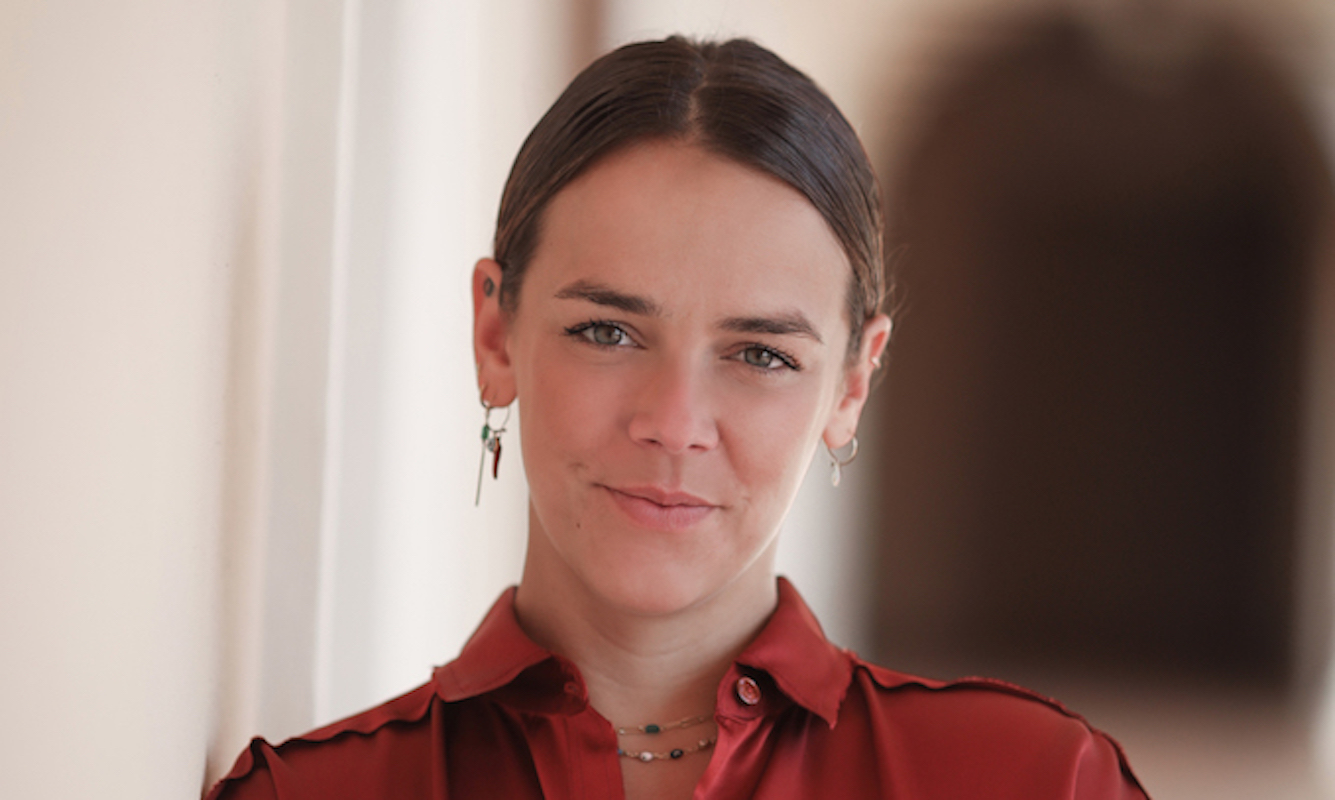
“Transforming clothes, transforming society.” This is the ethos at the heart of fashion designer Pauline Ducruet’s genre-defying label, Alter. With imaginative tailoring and bold colours, Ducruet (right) creates clothing without gender, drawing inspiration from her dual homes – the riviera glamour of Monaco and the metropolitan chic of New York.
Ducruet’s 2021 collection – Drop 3 – is an exquisite blend of practical outerwear and statement jumpsuits, co-ords and separates, all presented in riotous colour and sumptuous fabrics. It is difficult to summarise the collection – at once urban and contemporary, but also romantic and with a delightful sense of whimsy. There is a sophistication of tailoring that could cross from dancefloor to city boardroom with ease, along with a driving theme of self-expression.
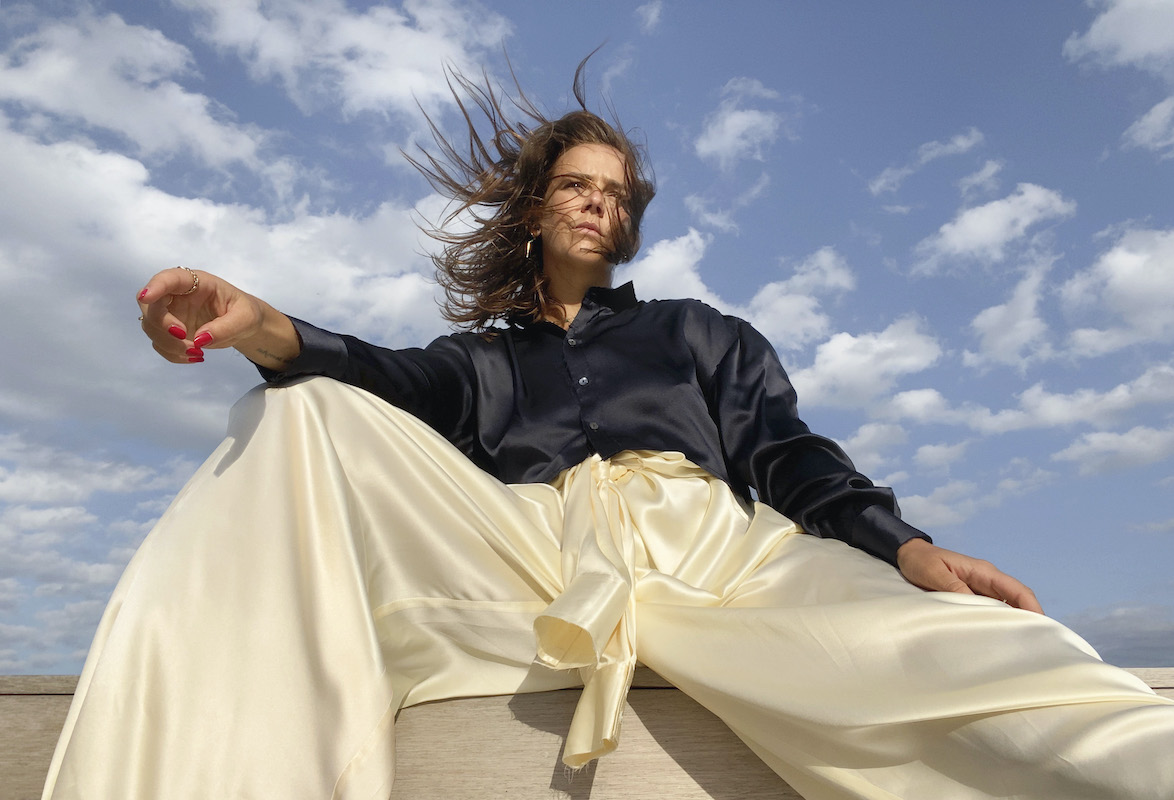
“I always wanted to have my own, beautiful fashion line, but it was always important to also to have a message and a purpose behind it,” Ducruet, 27, says of the brand, which holds community and eco-responsibility at its core. The designer cut her fashion teeth working for the likes of Rabih Kayrouz, Louis Vuitton and Vogue Paris before launching Alter in 2018. But, where many brands grow to embrace responsible fashion, sustainability was always at Alter’s core. “Alter started as an upcycling brand – I showed my first runway show in Paris in 2019, and then the second in February 2020,” she says.
The collection is stocked online on boutique and eco-responsible platforms, such as Wolf & Badger, and available at Galeries Lafayette in Nice, with pop-ups and expansions in the works for 2022.
While Ducruet’s resumé is impressive, her first exposure to high fashion was from her family’s substantial style credentials. Her mother, Princess Stéphanie of Monaco, started her own fashion career as an apprentice of Christian Dior’s head designer Marc Bohan in 1983, launched a swimwear collection in 1986, and has modelled for publications including Vogue and Vanity Fair. Ducruet’s grandmother was silver screen icon Grace Kelly, who became the Princess of Monaco when she married HSH Prince Ranier III in 1956.
Here, Ducruet shares her style inspirations, design philosophy and approach to creating clothing designed for all.
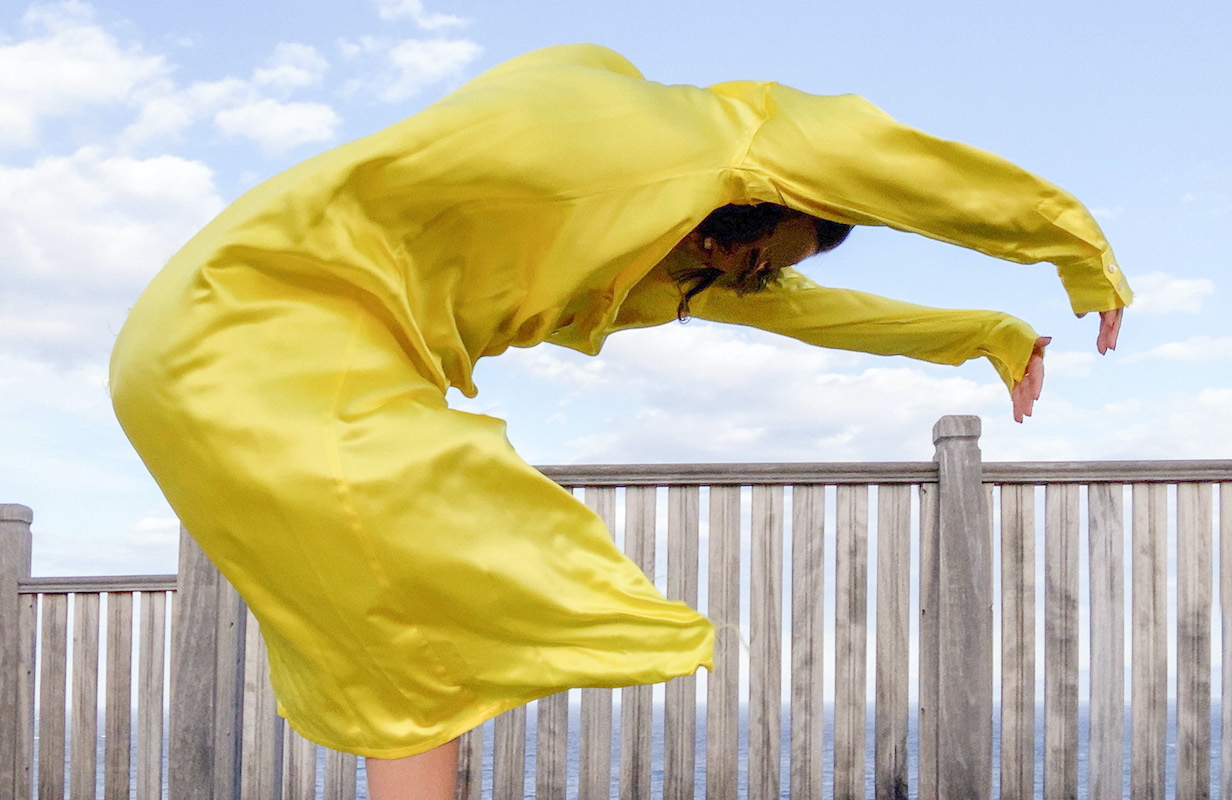
Pauline, could you tell us about the ethos at the heart of Alter?
There are two main values for Alter. The first one is equal responsibility: it started as an upcycling idea, so there’s no production of denim or leather. Now I’m trying to source fabrics even more responsibly, in terms of certification for silk, cottons and more.
The second big value is gender fluidity. As a creative, I grew up in New York, and it was there that I faced a lot of difficulties with my friends in the LGTBQ* community to find a resonance in fashion for them. I wanted to mix these two values for Alter, because I really wanted my fashion line to have a purpose and a message.
What inspires the colours and shapes of your collections?
The first collection was really inspired by the contrast between the south of France and New York – the luxury of the Riviera and the more raw side of urban life – while my new collection was inspired by the nightlife in New York. I usually have an idea, and then look at colours and shapes; I draw a lot and take a lot of photos that inspire me – from architecture and art, to my friends and people in the street whose look I love.
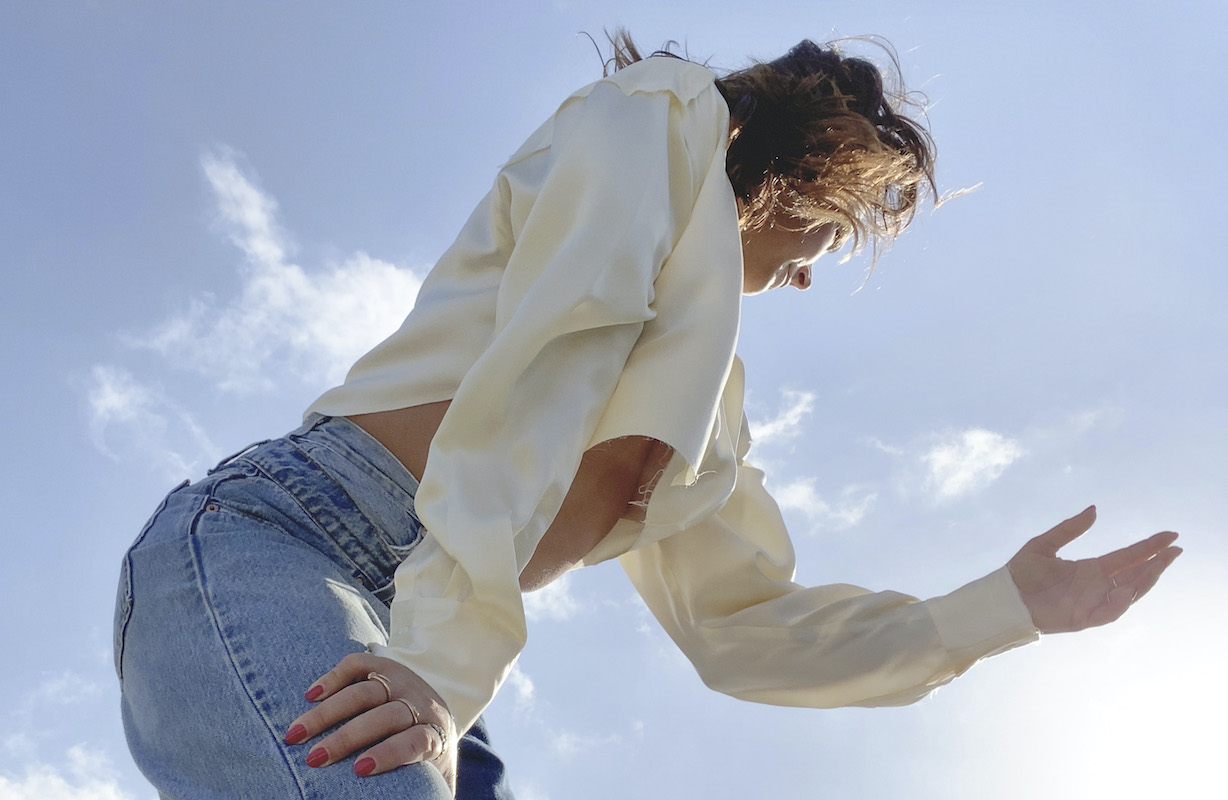
How does your desire to be representative of all gender expression affect your design process?
That’s actually really interesting, because body- shape is a really big part of the process of pattern making. If I design a shirt, I try it on different body shapes and genders so we can adjust the places where we might need some space for the reality of people’s bodies. For our trousers, we make a few different sizing options, because obviously the bottom of people is very different from one person to the other. Now we have sizes for the pants and buttons on the waistband that you can adjust to wear them high-waisted or low-waisted. It’s a time-consuming part of the pattern-making process, because actually it really does have to fit every body. That’s the biggest challenge, I think.
How did the women in your family – Princess Grace and Princess Stéphanie – influence your love of fashion?
They taught me that fashion does change, but when you’re someone who is genuine with your style, you just want to express yourself. I think that’s the common point between my grandmother, my mother and me. We believe in what we do and we believe in our self-expression. We’re not scared to go for it. Obviously, my grandmother was an iconic actress in the 1950s, but I feel like my mother had the most impact on my fashion journey. I would see her getting dressed up for balls when I was a kid, but the day after she was wearing jeans and a leather jacket. And, again, the freedom of expression that she had, and her way of doing what she thought was great at this moment – I think that’s what I got from her. »
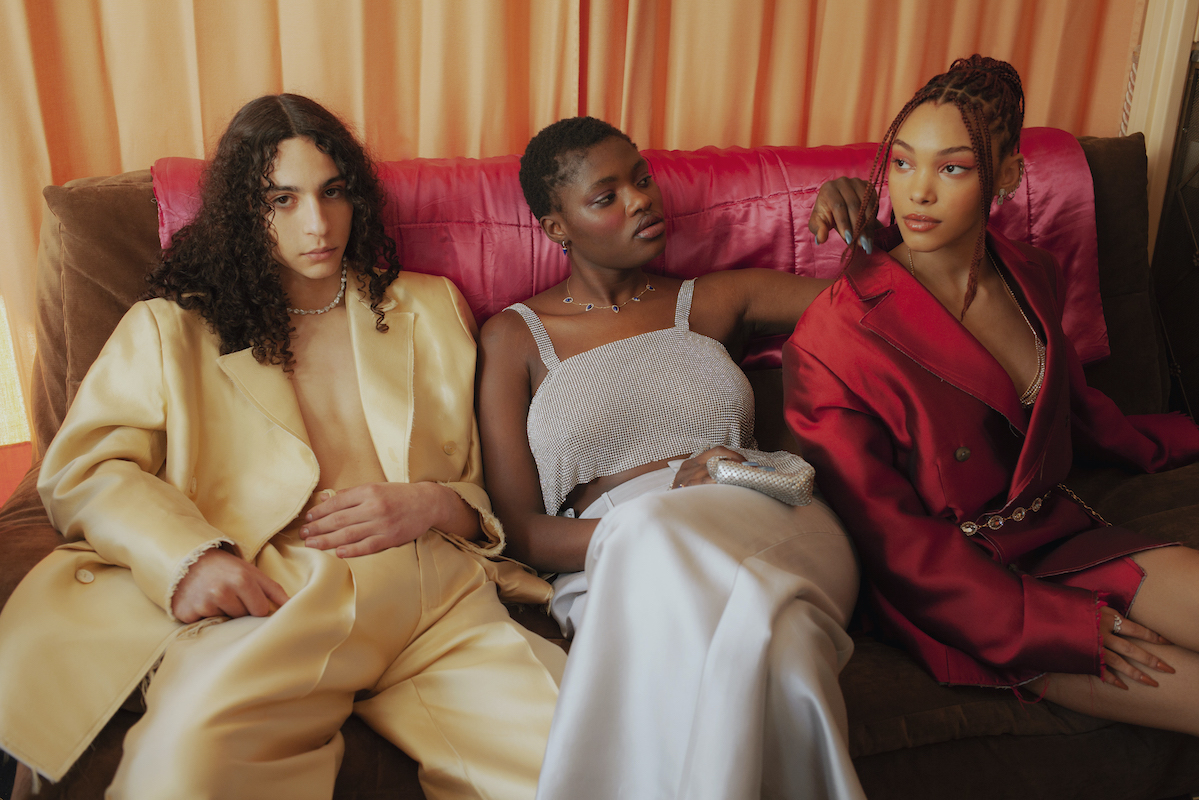
Is that freedom of expression something you wanted to capture?
Yeah. We have that with Alter– like you can say, ‘Who do I want to be today?’ and you can have the same shirt styled in such different ways. You can pull it loose, wear with a belt or something different. It’s really what I wanted to create with Alter: the ease of going from one look to another with just one piece of cloth. We try to get people involved and get our values out there through more than just the designs – on social media, for instance, we have a sense of community with the people that are following us.
Eco-responsibility is important to you. How can we be more aware of our impact? I think people need more details about what they buy, and brands need to be more transparent about their supply chains. For example, my first two collections were more about upcycling, but now I’m getting more and more into sourcing, and so I’m asking for certificates and transparency from the people I source my fabrics from. A lot of my collection was made locally, in France, so I could check that the sustainable credentials were not just on paper.
How did your early fashion roles shape your eye for the industry?
I think they most definitely shaped my vision that fashion is a tough world; it’s not all glitz and glamour. The people working in this industry, from interns in design houses to fashion publications, are really hard working. So, though I’d always want my own brand, I knew it would be hard. There are a lot of small brands that want to get started but not everyone can be successful. But the more I learnt, the more I knew I needed to do this.
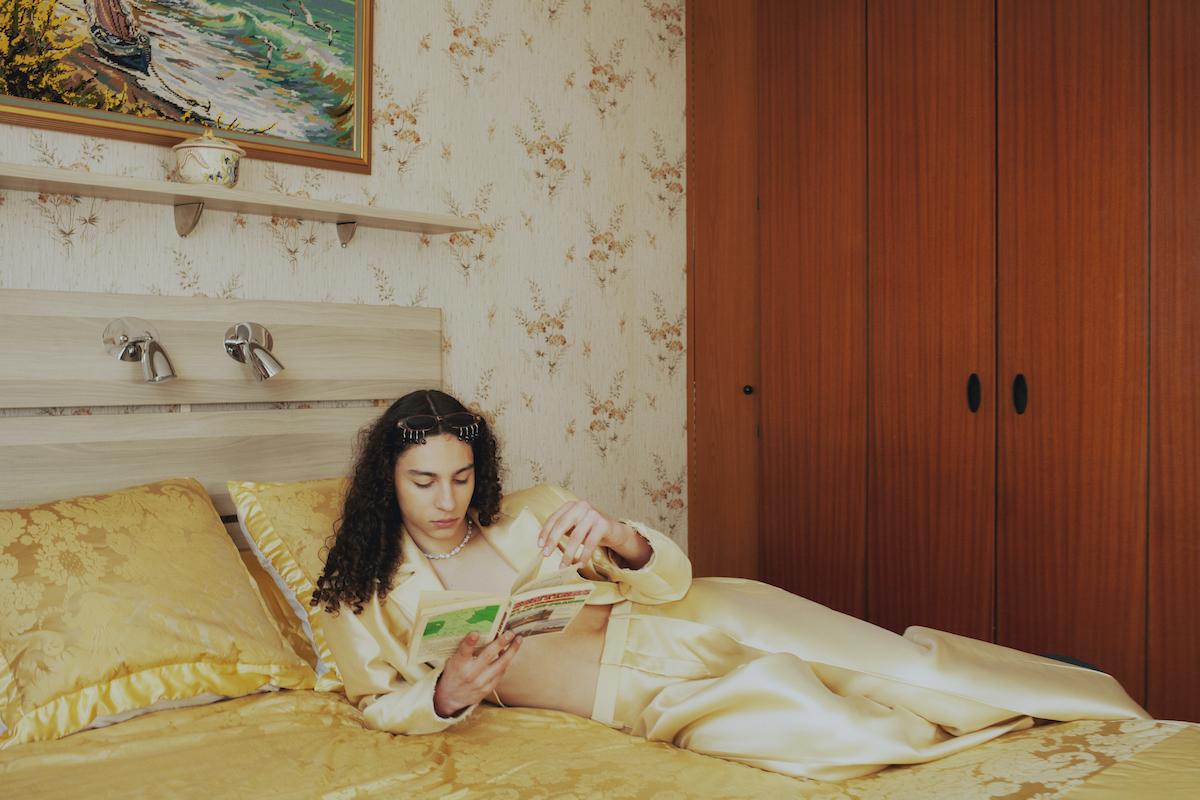
What’s next for you?
At the moment we’re focusing on getting the right retailers around Europe and, again, spreading the message about eco-responsibility and gender-fluid fashion. This will be my main focus, so I can’t wait to share the next collection.






